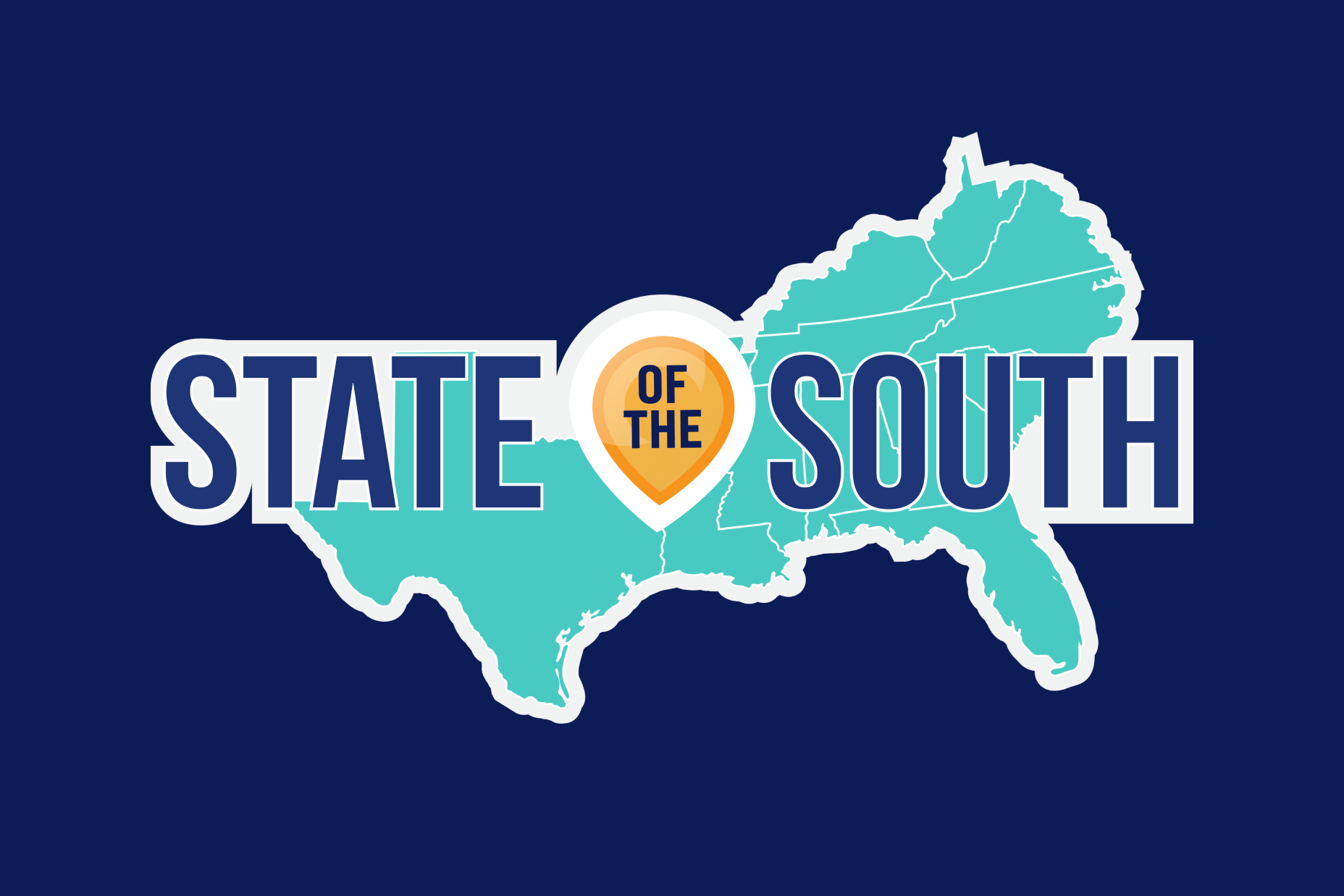Reflections from True South Central Appalachia: 21st Century Economic Development
May 29, 2023

In April, State of the South held its third convening, True South Central Appalachia. Over two days communities gathered for candid conversations on the past, present, and future of Appalachia and to answer the question, what would the South look like if equity became a shared Southern value?
Following the event, we invited panelists and participants to reflect on their experiences. We’re honored to share with you this reflection from Peter Hille, President of the Mountain Association. Peter was a panelist on Rural Economic Development at True South Central Appalachia.
21st Century Community Economic Development
It’s time to embrace a new approach to economic development that is grounded in the realities of the 21st century, not the economies of the past. We must look beyond resource extraction, and beyond the industrial revolution, to create economies that are more diverse, resilient, sustainable, and equitable. Appalachia provides a stark example of how the old economy didn’t work. The persistent poverty of this region is a harsh illustration of that failure, and we see many of the same dynamics in rural places across America and around the world.
The colonization of what is now the eastern United States set up the dynamic for much of what was to come over the next four centuries. Land, resources and even people were seen as things to be exploited for profit. The expulsion and erasure of Native Americans and the immeasurable crime of slavery set the economic and moral stage for the extractive industries that have characterized the economic history of this place, from salt to timber to coal to oil and gas. And we now clearly see the result of what economists call the resource curse, the observable set of dynamics through which places that are rich in resources become impoverished.
For more than 100 years, coal was king in Appalachia. Coal camps were built to house workers and some of those included well-built schools, movie theatres, electricity, plumbing and everything that a family needed at the company store. But the miners were often paid in scrip that could only be spent at those company-owned facilities. As the miners organized to improve working conditions and get better pay, the companies brought in private guards to stop the unions and put down strikes, often with great violence. Coal brought jobs, but at a significant cost to the people and places where it was mined.
We began losing coal jobs here in Kentucky in the 1950’s with the mechanization of the mines and continued to lose jobs for the next 70 years, even as production increased. The jobs became more technical, and paid better, but with each boom-and-bust cycle workers left, and each time coal rallied again there were fewer and fewer jobs. The result is a hollowed out demographic where generations of workers have left and many of our communities have lost half of their population.
Now we face the daunting task of building a new economy amid the ruins of an old economy that extracted the coal, extracted the wealth, and ultimately extracted the workers. Building a new economy in Appalachia will take a lot more than just bringing in a new industry to replace the old one. We have to rebuild entire local economies and all the elements of community that are needed to support an economy—schools, healthcare systems, childcare, housing, infrastructure.
And we need to repopulate these places that have lost their workers and the families of those workers. To do that, we have to help communities recreate themselves as places where people can live, and will choose to live. And all those services and amenities that make a place livable are themselves economic drivers—the grocery store, the farmers market, the coffee shop, the bookstore, the restaurant, the brew pub, the hardware store. Consider the jobs to be had in building houses, adding solar to our buildings, and think about all the jobs at nonprofits on the front line of providing community services.
Now we stand at an exciting moment in this long trajectory. On the one hand, we are beginning to see results from decades of work, carried out by a wide range of organizations, as some of our communities are finding new life in revitalized downtowns. A recent article in the Lexington Herald Leader headlined “Thriving Business Climate” described the growth of retail businesses in Eastern Kentucky downtowns. The article cited places where the old downtown store fronts are filling up, where it’s become hard to find a place to open another business, and one town where occupancy has gone from 80% vacant to 100% full. This feels like a tipping point in the long work of community economic development here.
That tipping point coincides with a sea change in the world of work. In the past, jobs were tied almost exclusively to physical locations. Much of the old-school language of economic development spoke of this in well-worn phrases like “bringing in jobs” or “landing a factory.” The world of online work has been shifting that paradigm for many years, but today, in the post-pandemic economy, we have learned the true extent to which many jobs need not be tied to a physical location at all.
For Appalachia, this bodes well for an approach to community economic development that is grounded in the idea of communities where people want to live and can afford to live. Our re-awakening downtowns, combined with the natural beauty of this area, provide an attractive quality of life. The opportunity for people to live here and not have to sacrifice the potential of a world-class job is a bright light at the end of a long tunnel.
We have seen the nation grow and prosper with the energy produced by the sacrifice of these communities, a prosperity they did not share in. They are owed a debt, and that debt can be paid by the investments needed to grow a new economy. The federal government has recognized that debt with a breathtaking range of new funding programs for energy communities, but it is critical that we ensure these resources are not squandered in outmoded approaches like building industrial parks to recruit industries—industries that are not likely to locate in the small, economically distressed counties of this region.
Our communities are coming back to life and we can see the results. People are returning, as the Herald Leader article noted: “The growth of retail in several Eastern Kentucky downtowns also is being driven by people who moved away from the area for college or work but moved back in recent years to get closer to family or to get out of more crowded, costly places.” Many of them are bringing their jobs with them.
The new economy we are building here in Eastern Kentucky can be an example for rural places everywhere. When local leaders and local entrepreneurs take control of their own economic future, and create communities where people want to live, the people will come, and the jobs will follow.





